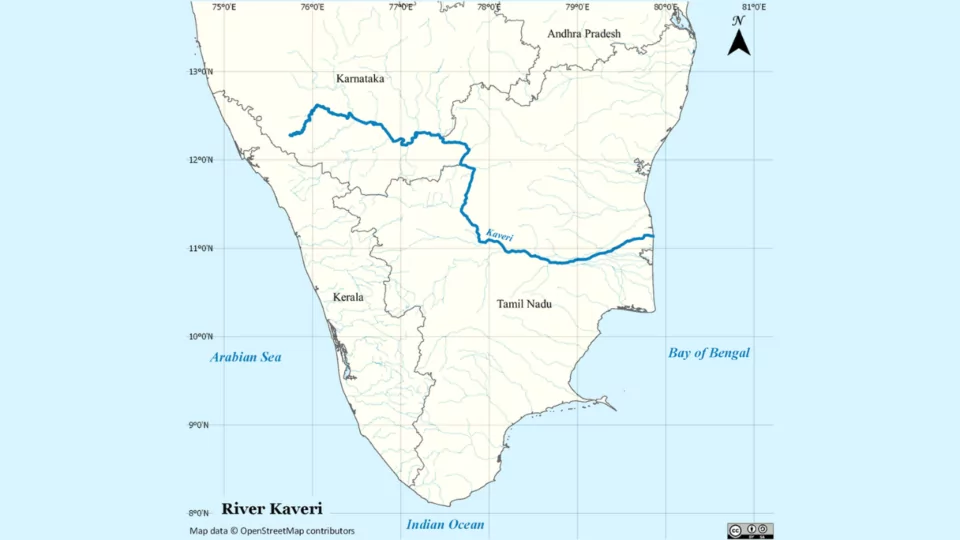Southern India finds itself ensnared once more in the tendrils of a crisis that has become all too familiar: the Cauvery River dispute between the neighboring states of Karnataka and Tamil Nadu. The recent eruption of tensions, epitomized by the Karnataka bandh, a protest against the release of water to Tamil Nadu, has not merely disrupted daily life; it has laid bare the profound political and social fault lines etched into the very fabric of these states.
The Karnataka Bandh: A Standstill State
The Karnataka bandh, orchestrated by the ‘Kannada Okkoota’, resonated powerfully in Bengaluru and other southern regions. The eerie silence in deserted schools, colleges, and bustling market areas was punctuated by the heavy hand of Section 144 of the CrPC, imposed to maintain order in the face of mounting unrest. This protest, following a tepid response to a similar bandh earlier in the week, underlines the gravity of the situation.
The Cauvery River: Lifeline in Peril
The Cauvery River, often eulogized as the “Ganges of the South,” stands as the epicenter of a protracted feud between Karnataka and Tamil Nadu. Both states find themselves entangled in a battle for the river’s life-giving waters, essential for the irrigation systems that sustain the livelihoods of millions of farmers. This conflict, rooted in colonial-era agreements, delves into complex issues of water allocation during scarcity, distribution in regular years, and the contentious construction of dams along the river’s course.
A History of Agreements and Discord
The Cauvery Water Disputes Tribunal (CWDT), instituted in 1990, was tasked with mediating these conflicts. After a marathon of 17 years of deliberation, the CWDT rendered its verdict in 2007, delineating water allocations among the riparian states. However, the implementation of these allocations has been marred by vehement disagreements and protracted legal battles. In a bid to resolve the strife, the Supreme Court intervened in 2018, proclaiming the Cauvery River a national resource and emphasizing the imperative of equitable sharing.
The Recent Controversy
The latest bout of discord stems from Karnataka’s refusal to adhere to previously agreed-upon water release quotas. Tamil Nadu insisted on 10,000 cusecs of water over 15 days, whereas Karnataka proposed a reduced release of 8,000 cusecs. Karnataka defended its stance, citing a glaring 44% rainfall deficit in the Cauvery catchment, notably in Kodagu. This led Tamil Nadu to knock on the doors of the Supreme Court, which, in turn, highlighted the distressing water year of 2023.
Impact on Daily Life
The ripples of this dispute have reached far and wide, disrupting the rhythms of daily life in both Karnataka and Tamil Nadu. Protests have metamorphosed into pandemonium, prompting major corporations to endorse remote work to safeguard their employees. Meanwhile, educational institutions remain shuttered, and public transport, once a bustling lifeline, now stands eerily still, inconveniencing millions. Additionally, the agricultural community, especially in Tamil Nadu, faces an uncertain future due to water scarcity, casting a shadow over crucial crops like the ‘Kuruvai.’
As an independent media platform, we do not take advertisements from governments and corporate houses. It is you, our readers, who have supported us on our journey to do honest and unbiased journalism. Please contribute, so that we can continue to do the same in future.

